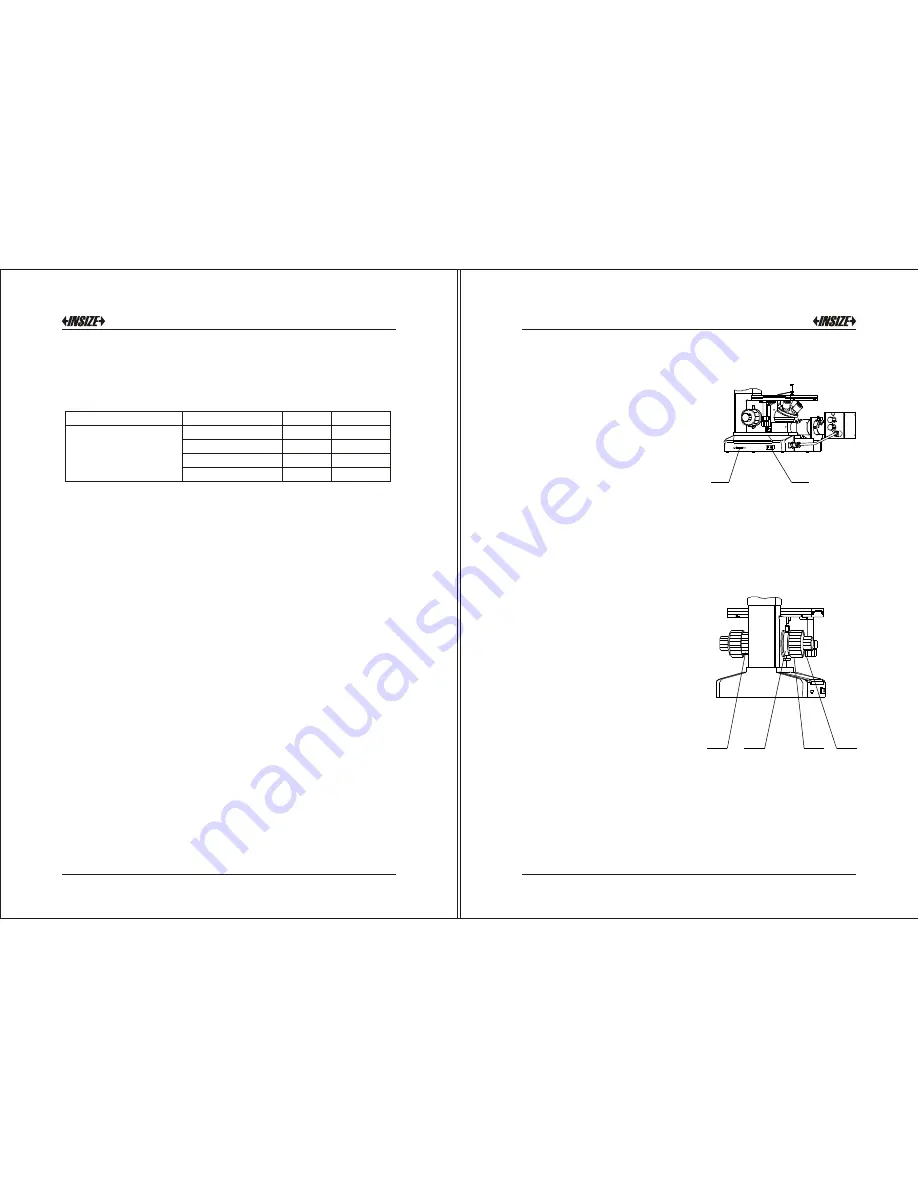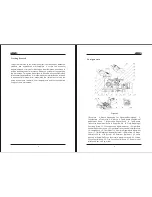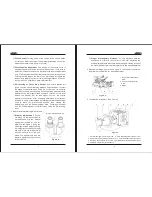
Magnification
10X
20X
40X
100X(Spring,Oil)
W.D.(mm)
8.8
8.6
3.73
0.33
N.A.
0.25
0.40
0.60
1.25
Type(no cover glass)
Plan achromatic
Technical Specifications
Trinocular:
Inclined 30°.
Objectives:
Nosepiece:
Quadruple nosepiece ball-bearing reversed nosepiece with
positive click stops and smooth operation.
Eyepieces:
10X wide field eyepiece, focal length 25mm, field
Ø
18mm
.
Stage:
Double layer mechanical,
Size:
180mmX150mm,
Moving range:
15mmX15mm.
Filters:
Ground glass, blue filter, green filter and yellow filter.
Illumination:
6V/20W halogen lamp, adjustable brightness.
Power supply:
220V(50/60HZ) or 110V(50/60HZ).
Anti-fungus:
Yes.
Setup Instructions
1. Remove all parts from their packing materials and retain the
packaging
in the event you need to transport the product.
2. Connect the power cord to a suitable power supply.
Figure
2
Figure
3
The power switch to the
illuminator and the brightness
control is located on the base.
The electrical system is fuse
protected and the fuse holder
located on the socket.
Turn on the light with the
power switch, see figure 2. If
the light does not appear to
be ON, check the brightness
control to see if it's on a
sufficiently low setting. Then
adjust the brightness control
until image can be observed
comfortably.
Note: Using the light at
brightest setting reduces
life span of lamp.
Focusing adjustment
is
accomplished by using the
l a r g e c o a r s e a d j u s t m e n t
knobs located comfortably on
each side of the frame. Fine
adjustment is accomplished
using the smaller knobs
located on the same focus
shaft. This coaxial arrangement
allows for easy, precise
a d j u s t m e n t w i t h o u t d r i f t
or discomfort.
Basic Operation
1. Illumination controls
1)
2)
2. Focusing Controls
1. Brightness Control Knob
2. Power Switch
1. Focus Tension Adjustment
K nob
2. Up Stop
3. Coarse Focus Control Knob
4. Fine Focus Control Knob
1)
5
6
1
2
1
2
3
4

























